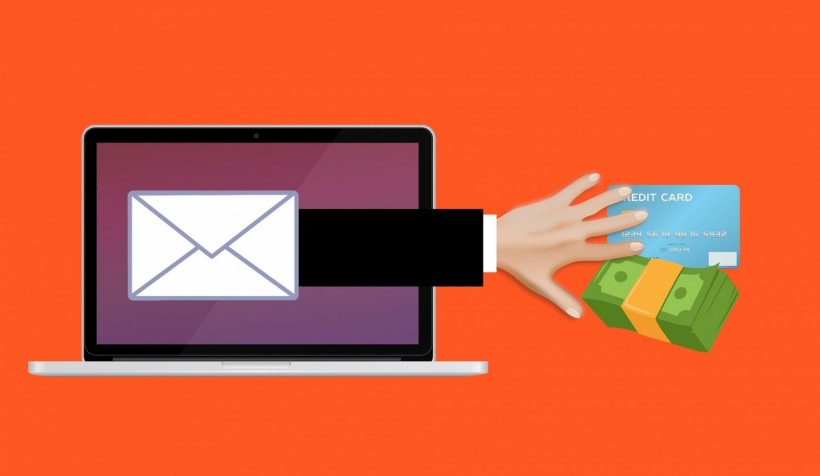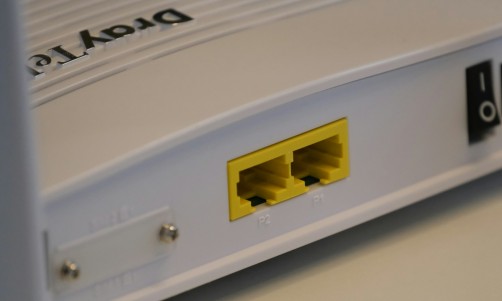One of the biggest challenges businesses face today is the threat of online fraud. Online fraud is a general term that covers all fraudulent activities conducted over the internet or emails, such as identity theft, data breach, phishing, or malware attack. The primary purpose of online fraud is to take advantage of their victims and scam them out of their money in any way possible. Fraudsters think only about their financial gain, which means they do not discriminate against their victims. From individuals to businesses or even governments, cyber criminals will try to exploit anyone they can use to make a profit.

It is no wonder businesses are becoming more frequent targets of their attacks since it can bring them higher profits than targeting individuals. Whether they are small, medium, or big-sized businesses, all are highly promising target for cybercriminals and well worth the risk. Luckily, while fraudsters are thinking of a new way of exploiting their victims, cybersecurity experts are developing new and sophisticated methods of preventing their attacks. From the most straightforward techniques, such as updating antivirus programs, to more complicated ones like utilizing device fingerprinting or calculating IP fraud score, there are numerous ways we can use to fight against online fraud.
How can you recognize online fraud?
Online fraud can't be detected as easily as we would like; otherwise, fraudsters would be out of the job before we could even start worrying. But by using your common sense and fraud prevention tools, you will be able to identify red flags and prevent fraud before it does any damage.
The first step you need to take is to conduct a risk analysis to determine which risks your business is facing and if there are some vulnerabilities you can patch up before fraudsters manage to exploit them. This will give you a clearer picture of what you are dealing with and help you identify the red flags in your business.
For example, you own an eCommerce business, and while doing your risk assessment, you discover that your business often deals with card testing fraud. You can use this knowledge to raise a red flag every time a user has several failed transactions or if they have completed multiple minimal purchases in a row. This can indicate card testing fraud is happening, so you can either block the user completely or ask them to confirm their identity with additional verification methods before letting them continue. This can be applied to any business, not just eCommerce.
This process can be made even easier by implementing proper fraud prevention tools such as IP fraud score, data enrichment or device fingerprinting. By using IP fraud score, you can determine the risk factor of your users and recognize the bad actors before they get the chance to exploit your system.
The other crucial step you need to implement to be able to identify online fraud is to raise cyber awareness throughout your company. A large number of fraud attempts become successful due to a human factor as they are easier to exploit than the network or program. By organizing regular training for all of your employees, you will empower them to recognize the fraud and prevent it before affecting your business. For example, people are more susceptible to phishing attacks as fraudsters use people's natural tendency to trust. By educating them about the danger of phishing attacks and how to recognize them, your employees will be able to use their training and common sense to identify the fraud attempt and protect your business.
Online fraud is affecting more and more businesses every year, take action and ensure it doesn't cause damage to yours.














